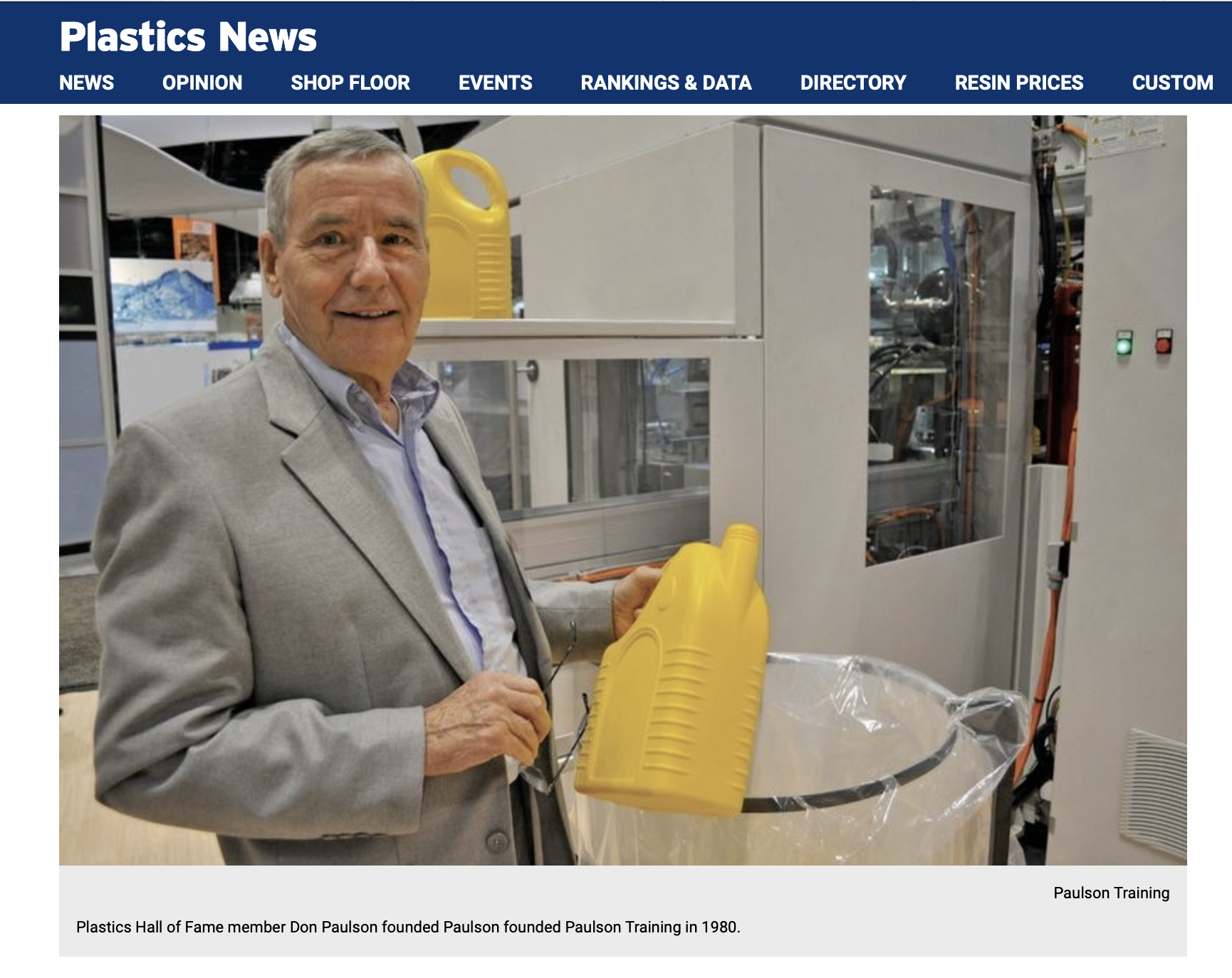McDonald’s, the fast food company, has an employee turnover rate of 200% per year. Could your injection molding plant survive with that kind of turnover?
For most molders the answer is “Highly Doubtful”. Yet McDonald’s continues to thrive year after year. In an average year they open somewhere in the neighborhood of 1,000 to 1,200 new burger joints. That averages out to roughly 3 per day, one every 8 hours.
continues to thrive year after year. In an average year they open somewhere in the neighborhood of 1,000 to 1,200 new burger joints. That averages out to roughly 3 per day, one every 8 hours.
There is only one way to successfully manage that sort of growth. And it is through the uses of proven, replicable systems and procedures. Consider for a moment if your plant had “just” 100% turnover per year. How would you possibly deal with that? It would be very tough, although not impossible.
Fortunately, precision injection molding ain’t like flipping burgers. So injection molders, extruders, blow molders, thermoformers and all the rest have much more manageable turnover rates. But people do leave, they do retire and they get sick. Do you have a “deep bench”? Can your production floor continue to operate at peak efficiency regardless of your “starting line-up”?
The only way to achieve steady predictable performance day in and day out is to have a well-trained workforce. And the best way to assure your company has that workforce is to implement a proven system that graduates employees with the specific knowledge and skills that your company needs on the production floor.
 McDonald’s can deal with 200% annual turnover because EVERYTHING in every one of their restaurants is a documented process. Everything is so well spelled out that new employees can be put through the training system and start functioning at a acceptably high level very quickly. If you want to reach that point where turnover and absences and other personnel related issues do not seriously impact your main function, making plastic parts, you have to have documented policies, procedures, plans and yes, training programs.
McDonald’s can deal with 200% annual turnover because EVERYTHING in every one of their restaurants is a documented process. Everything is so well spelled out that new employees can be put through the training system and start functioning at a acceptably high level very quickly. If you want to reach that point where turnover and absences and other personnel related issues do not seriously impact your main function, making plastic parts, you have to have documented policies, procedures, plans and yes, training programs.
The good news in all this is that it is not at all difficult to implement about 80% of the training your employees need without having to develop the training courses yourself or even interrupting production time to provide training.
Given the potentially huge costs associated with common production problems (sub-optimal cycle times, slow mold changes, mold damage, etc.), buying a training program is a bargain. The typical ROI on a training investment is measured in months, typically 6 or fewer months.
Yet, over half of the injection molding companies in the country still rely on the “on-the-job learn-from-your-mistakes” training method. That’s by far the most expensive training program around.
The plastics industry as a whole is on the upswing. We’re seeing a lot of very busy injection molding companies out there. The smart owners and managers are recruiting and training way ahead of time (and have been since last year) to make sure they are well positioned to take advantage of growth opportunities this year and beyond. “Beefing up” their most important asset, their employees, is a key part of their investment in their future.



